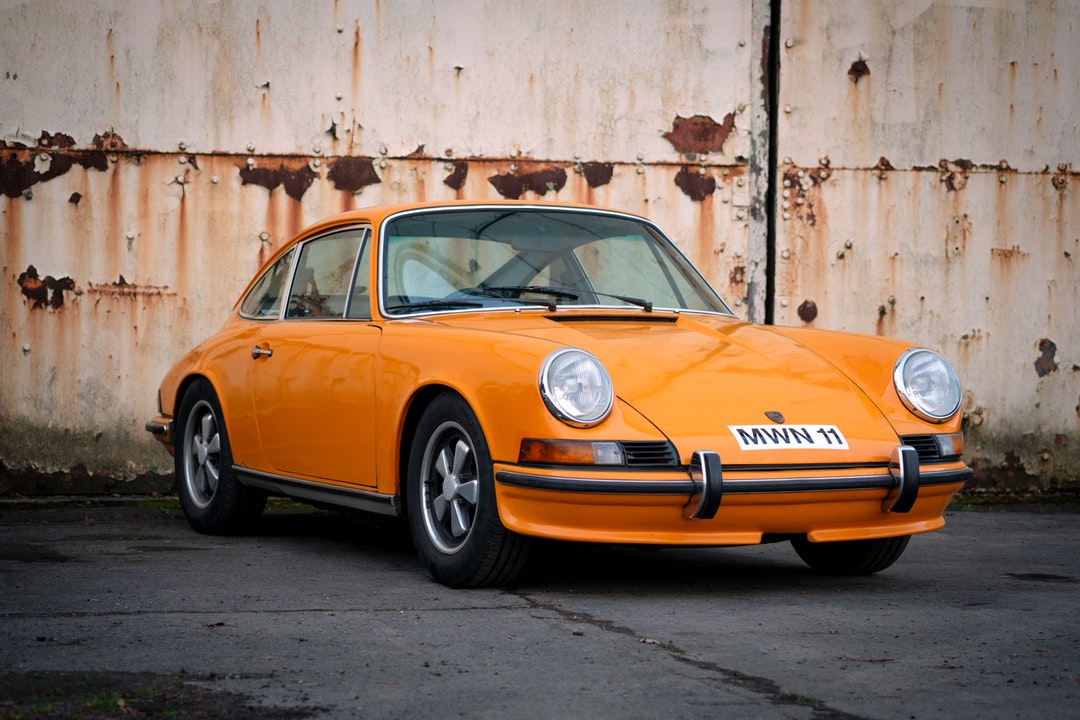Everyone wishes they could drive a brand-new car off the lot. For most, the expense makes that impossible.
Used cars can be wonderful investments that last you longer than the loan. They can also be lemons that test your financial and emotional limits. Save yourself the pain by using our used car checklist.
We’ll go through the red flags you need to look for when buying a used car. If the deal is too good to be true, then it is, but our used car buying checklist will let you know for sure. Don’t take a chance on getting a lemon.
Step One of Used Car Checklist: Take a Test Drive
You can stare at a car for hours online and feel the interior on the car lot, but you’ll never know how a car drives until you hit the accelerator. Your first step in buying a used car is taking it out for a test drive.
Why is this important? You can feel how the car drives. Is the engine louder than you expected or do the brakes squeal at a stop sign? How does the pick up feel when you hit the accelerator?
A car can look beautiful on the outside but driving gives insight into what’s under the hood. Does the car shutter at higher speeds? Does it shift smoothly?
No one should buy a used car without going out for a test drive. While buying items like crockpots and computers online is fine, when you buy a used car, it’s best done in person.
Check Out the Interior and Exterior
When it comes to a used car, there’s bound to be some imperfections. It’s been someone else’s property. While the dealership can do its best to make it look pretty, there are some things it can’t cover up.
Are there scratches, cracks or dents on the exterior?
A small scratch may not be a deal breaker, but dents and cracks could be an auto accident. Accidents can wreak havoc on a car.
There could be damage to the various components such as fuel pumps or bending of the frame.
These could all lead to major expenses in the future. If you notice anything on the exterior of the car, ask the dealer about it.
The interior may not seem important. Wear and tear is a part of the used car package, but it’s more than upholstery.
Make sure all the lights work. This includes lights behind the dashboard.
The last thing you want is to be driving down the road, turn on the headlights and can’t see your dashboard.
You also should make sure all the warning lights come on as well. When buying a used car, what to look for includes all the internal lights.
Check out the mileage as well. If you’re buying a three-year-old car and it’s got 150,000 miles on it, you might think twice. If you want a quality used car, then shop here.
Does the Car Leak?
A car has several different fluids running through it such as oil, brake fluid, transmission fluid, coolant, and gasoline.
Some of the most common repairs to cars is repairing leaks. They’re caused by rust, holes in fluid lines, bad components and more.
It’s important to perform a leak test. Drive the car around for a while and then park someplace where it would be easy to see leaks such as a parking lot. Leave the car running and look under it.
Do you see fluids dripping? Do you smell something burning such as a liquid hitting something hot under the hood? There are all signs that the car has a fluid leak.
Black fluid could mean an oil leak. Pink fluid could mean transmission and green fluid could mean coolant. The cause of the leak could be minor, or it could mean a repair costing several hundred dollars.
See What Other People Say About It
There’s nothing that says you need to buy a car the day you drive it. If you find a car you like and it passed your leak test, then head to the Internet and do some research. See what other people think of similar cars.
You could find out that people love it and it’s had no problems. You could also discover that many people notice transmission problems near 100,000 miles or the model is notorious for bad fuel pumps.
When it comes to buying a used car, knowledge is power…and a great price negotiating tactic.
Invest in a Vehicle History Report
There’s an old saying that goes if we don’t learn from the past, then we’re doomed to repeat it. The history of the car can help you determine its future. A vehicle history report gives you insight about previous accidents, number of previous owners, service history and more.
If the car has had several owners, why do they keep giving it up? Did it have a major accident that required extensive repair work?
Take it to Your Own Mechanic
You can be savvy about cars, but you’re no mechanic. A used car is a major investment and you don’t want to make a mistake.
Before deciding on buying, take the car to your own mechanic for a checkup. They’ll be able to tell you if there’s anything wrong with it that you might not notice.
They can look under the hood and under the car to see problems that you never would until it’s too late. A mechanic can also tell you if the car is worth the asking price.
If they see problems with the transmission or engine down the road, then you can take that information back to the dealer.
A Used Car can be a Good Investment
People buy used cars all the time and they’re usually a good investment.
By following our used car checklist, you can save yourself frustration and money. If you want to learn more about buying a car or car mechanics, then explore our site.

